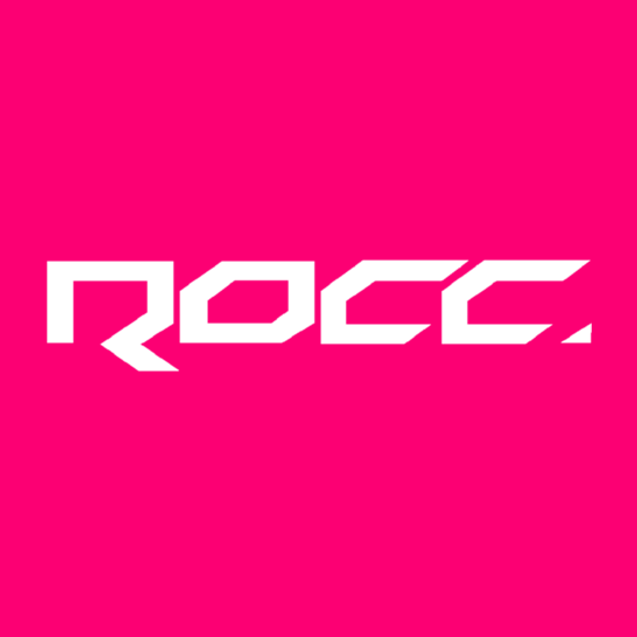- What is the organisational alignment framework?
- What you need to do
- The golden thread: Key considerations
- Useful resources
The organisational alignment framework, also known as the golden thread, can appear quite complex and confusing. With the help of this article, we want to make this topic more digestible and easy to understand, so you know what the organisational alignment framework is, what your organisation needs to do, the key considerations and provide you with some useful resources to develop your learning further.
So, without further ado, let’s get started!
What is the organisational alignment framework?
Previously known as the golden thread, the organisational alignment framework was born from the 2018 report by Dame Judith Hackitt, titled Building a Safer Future. This report highlighted the need to change current attitudes towards building safety within the construction industry. Following the tragic events of the Grenfell Tower fire in 2017, it was evident that the sector needed new ways of working to ensure that a horrific event like this would never happen again.
Within this report, one of the important recommendations was that a golden thread of digital information needed to be introduced to ensure key information was stored and managed effectively – throughout every stage of a building’s lifecycle. This would allow people to make the right decisions at the right time in order to ensure a building is constructed and maintained safely.
The government committed to implementing these recommendations as part of the new Building Safety Bill, which aimed to overhaul existing regulations and create a clear pathway on how current practices should be improved upon.
Following this bill, the Building Regulations Advisory Committee (BRAC) published a golden thread report to provide an overview of this policy. In this, they described the golden thread as “the information that allows you to understand a building and the steps needed to keep both the building and people safe, now and in the future”.
The ten principles they’ve listed are as follows:
- Accurate and trusted
- Residents feeling secure in their homes
- Culture change
- Single source of truth
- Secure
- Accountable
- Understandable/consistent
- Simple to access (accessible)
- Longevity/durability and shareability of information
- Relevant/proportionate
It will be the responsibility of the people in charge of a building to establish and maintain a golden thread of information. This will mean that the people responsible will have reliable and up-to-date information that will allow them to manage buildings safely.
What you need to do
In order for the organisational alignment framework to be successfully implemented, there will need to be significant changes made in the sector and some cultural changes. Moving forward, building safety will need to be a priority throughout the lifecycle of a building and implemented by organisations.
That’s why it is so important that individuals and organisations understand the principles of the golden thread and what it means for them, which is why we have created this helpful guide. If you haven’t already, then now is the time to consider ways in which you can implement this new framework across your organisation and the various projects you have in the pipeline. Making the most of the ‘useful resources’ section found below will help you to do this.
The golden thread: Key considerations
To make things slightly easier for you, we have listed some of the key considerations from goldenthread.co.uk that you need to think about when implementing the organisational alignment framework.
- Do you have the digital competence needed to implement the golden thread?
- Is your organisation capable of clearly specifying information requirements relating to fire and structural safety to a potential supply chain?
- During procurement, are there processes in place to properly assess tenderers’ competence for delivering the necessary fire and structural safety information on time, and in a specified format?
- Throughout a building’s lifecycle, are the skills and appropriate technology in place to check that information provided by a supply chain meets all the golden thread requirements?
- Is the information stored in a secure yet searchable format, and accessible to the right people at the right times?
Source: Golden Thread
If you’re able to answer yes to the questions above, then the next step of the process is to ensure you collect evidence of meeting the requirements to show to a building safety regulator. Getting to this stage may take several years, so we recommended that you start to get the ball rolling now if you haven’t already.
It is thought that taking these measures will also help to deliver economic growth and promote more sustainable practices, as it is part of the wider digital transformation we are seeing across the built environment.
We hope this explainer has been useful and if you’d like to see how ROCC can help your organisation please get in touch with our team today.
Useful resources
- Golden Thread – More important information about the golden thread.
- Golden Thread Factsheet – Government factsheet about the organisational alignment framework.
- Building a Safer Future – Independent review of building regulations and fire safety.
- Golden Thread Report – The Building Regulations Advisory Committee’s golden thread report.
- Association for Project Management – A golden thread study of the contribution of project management and projects to the UK’s economy and society.
